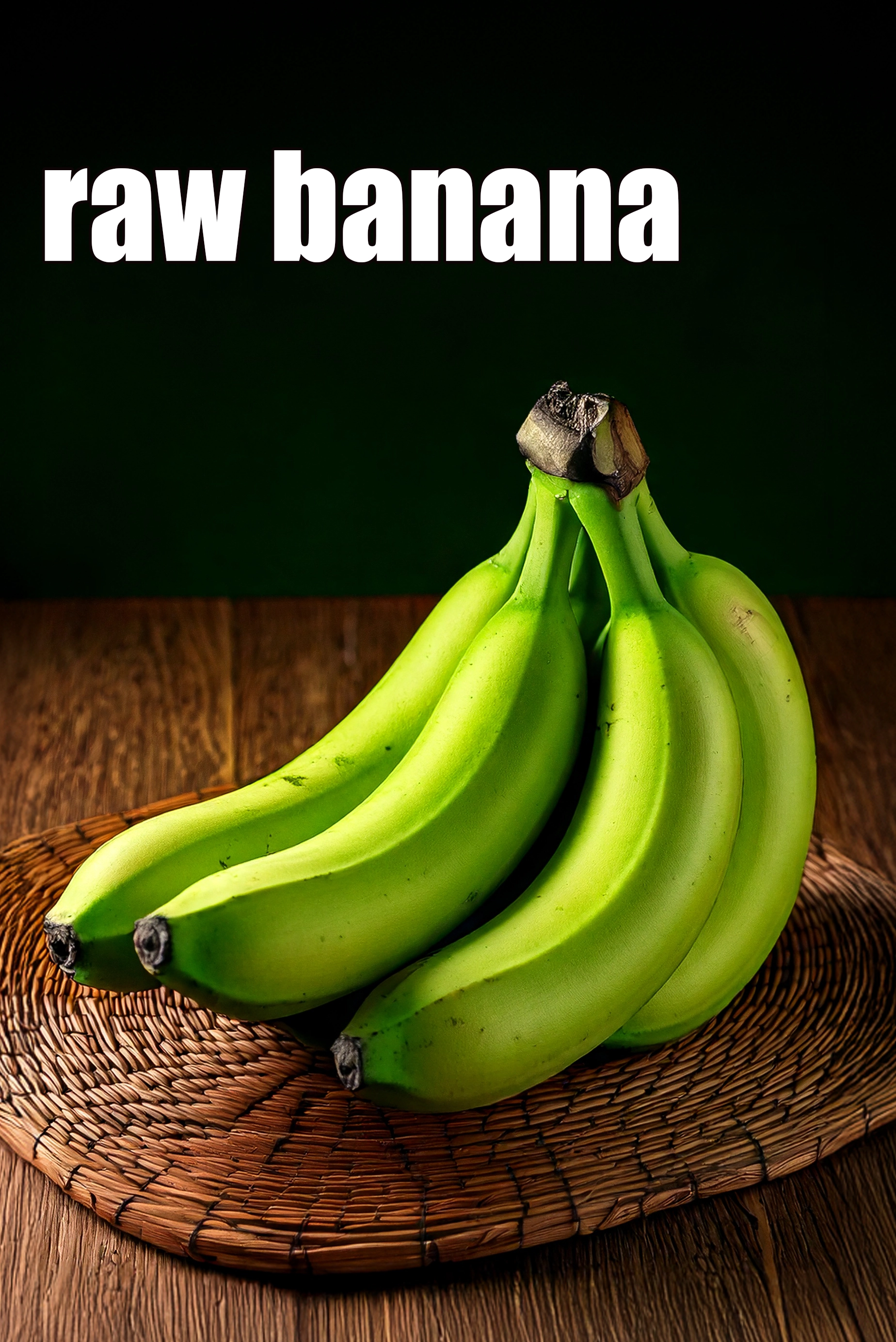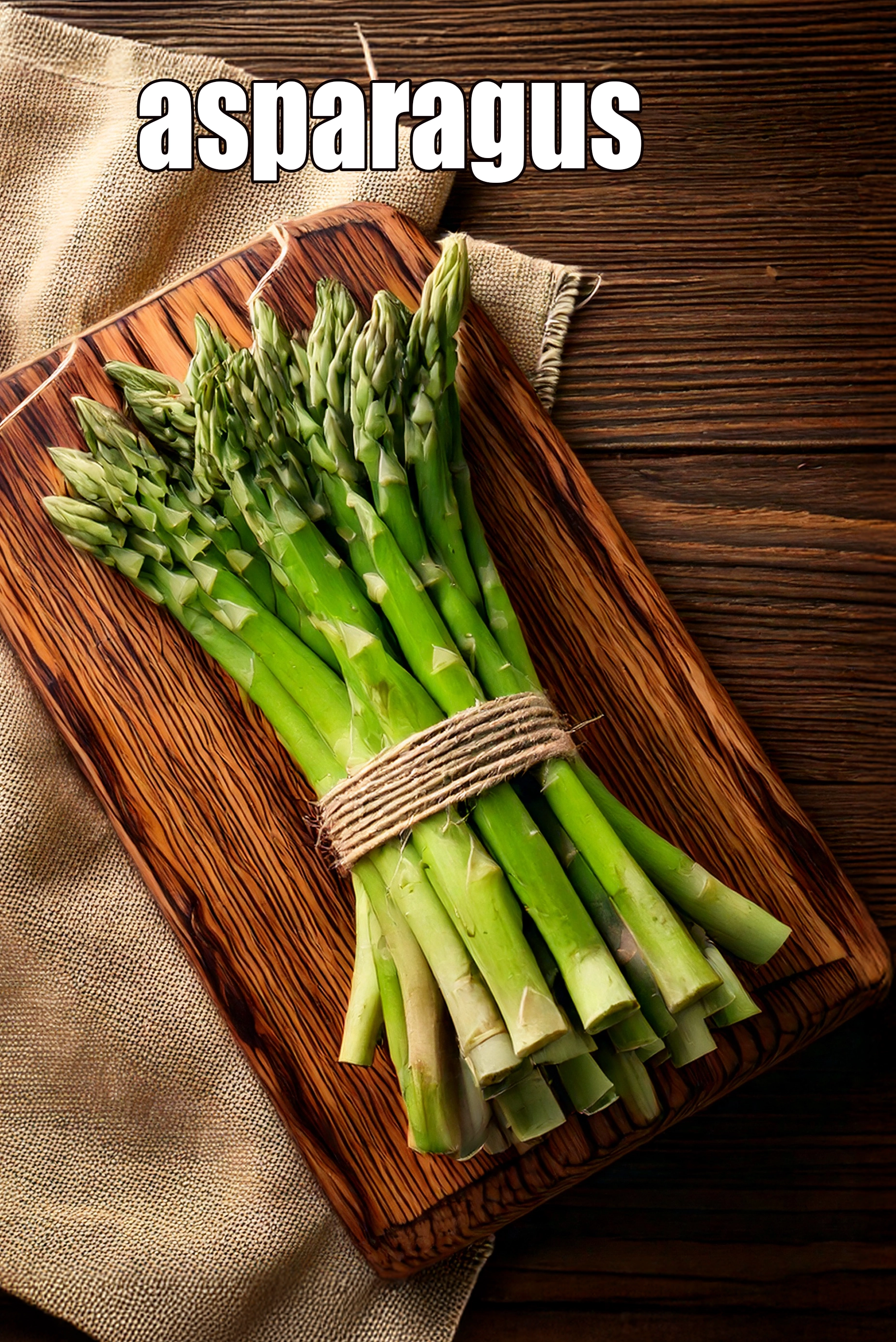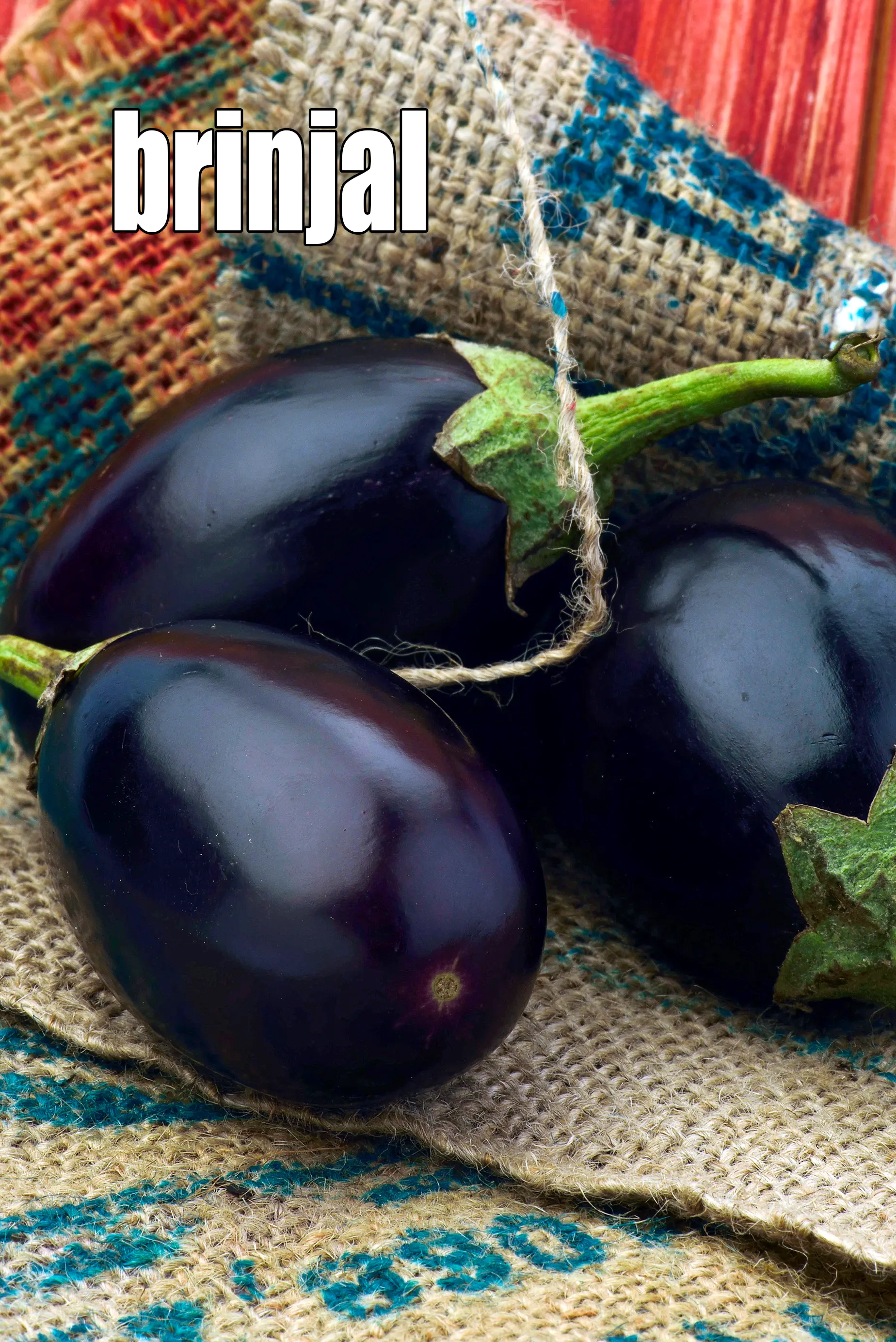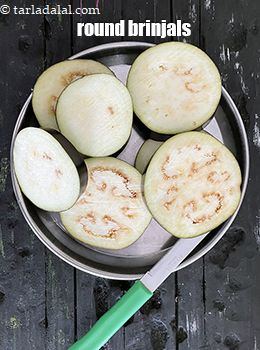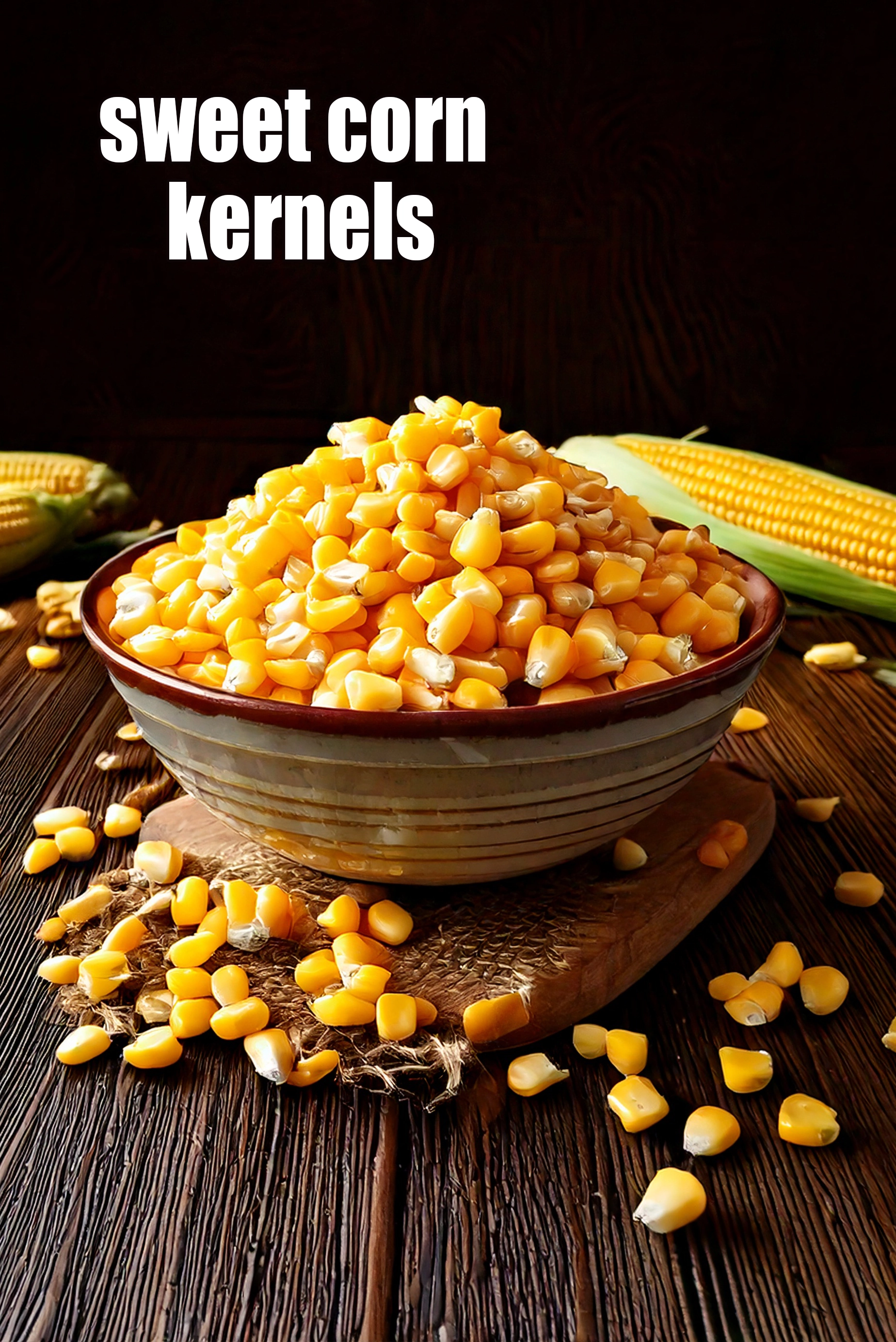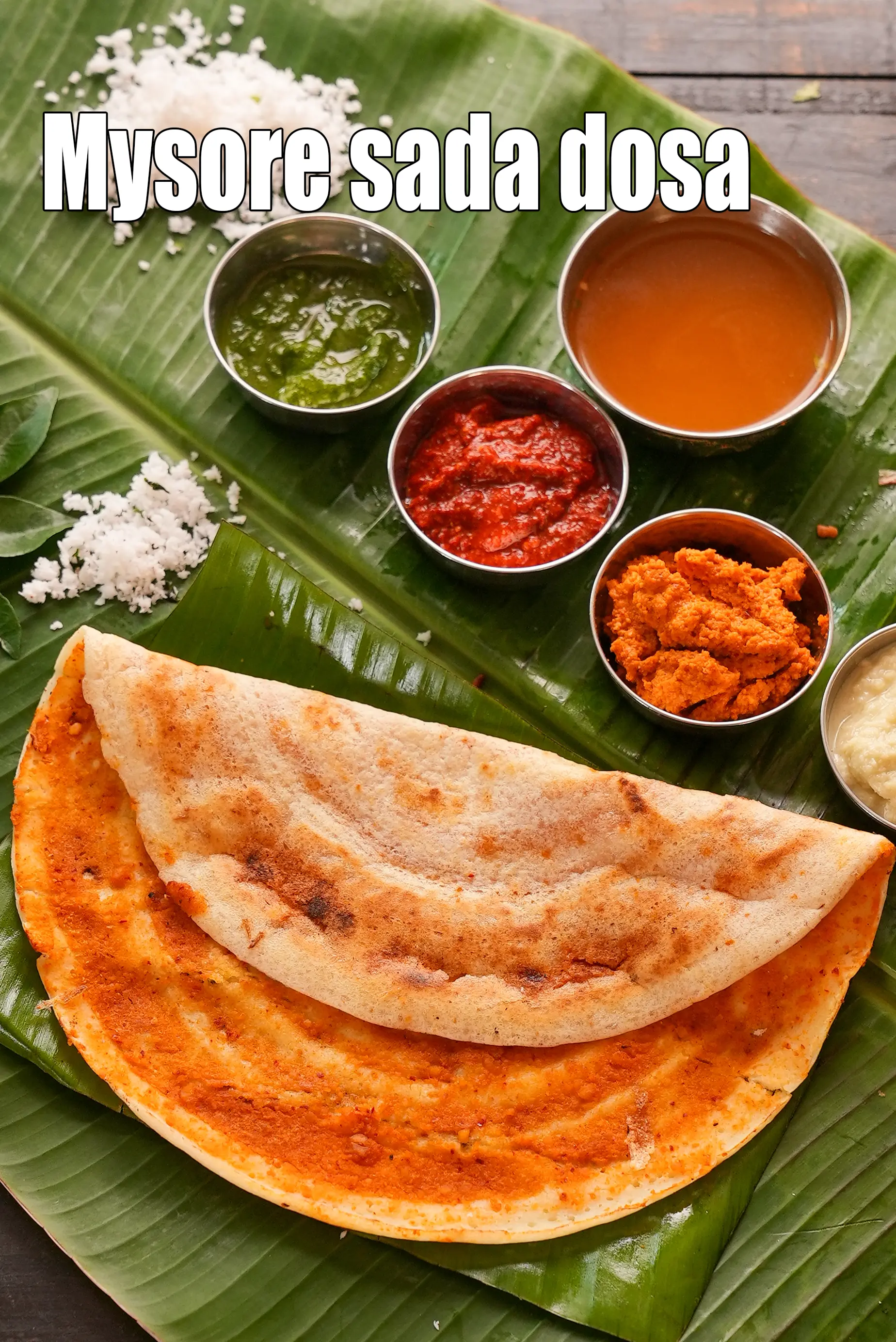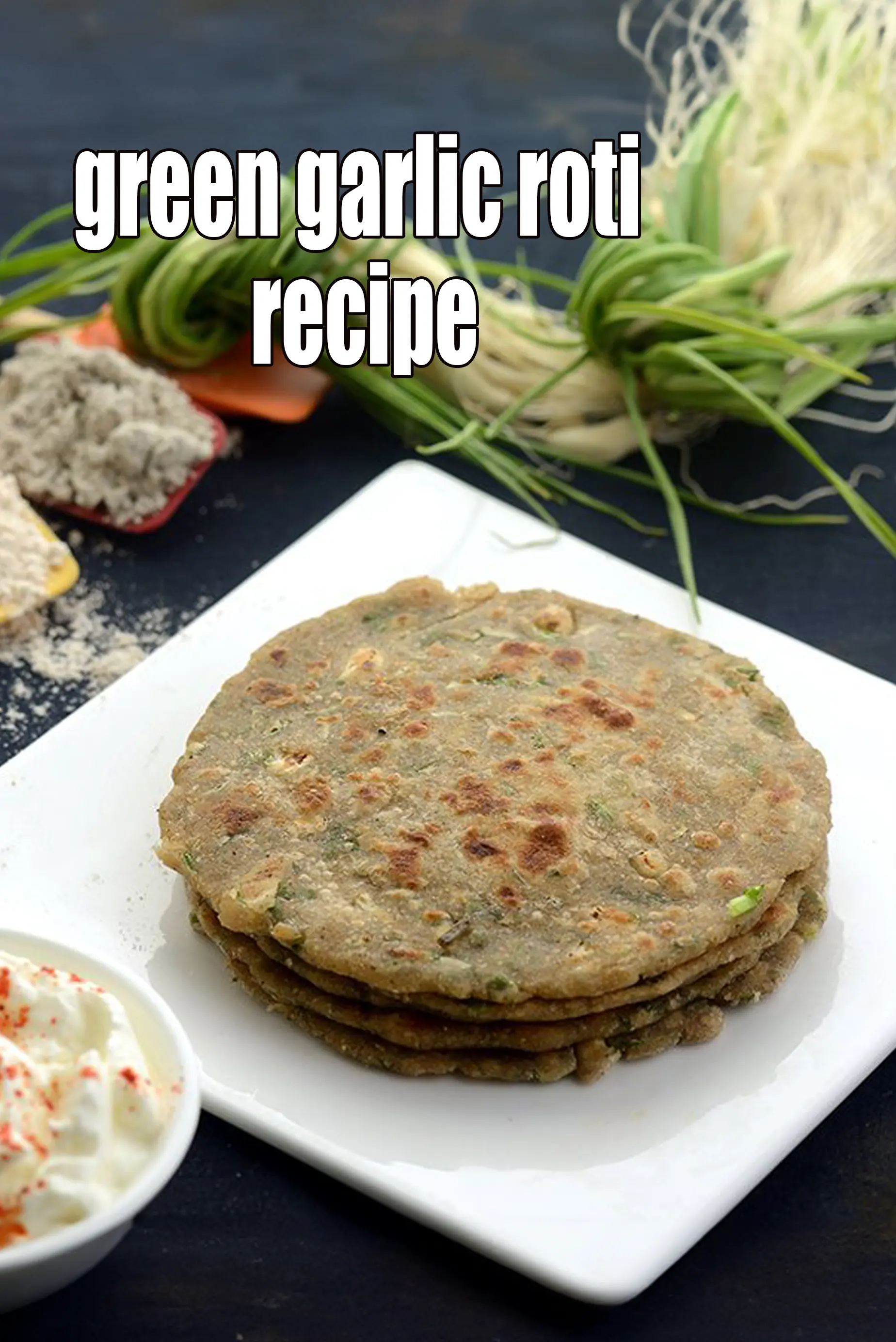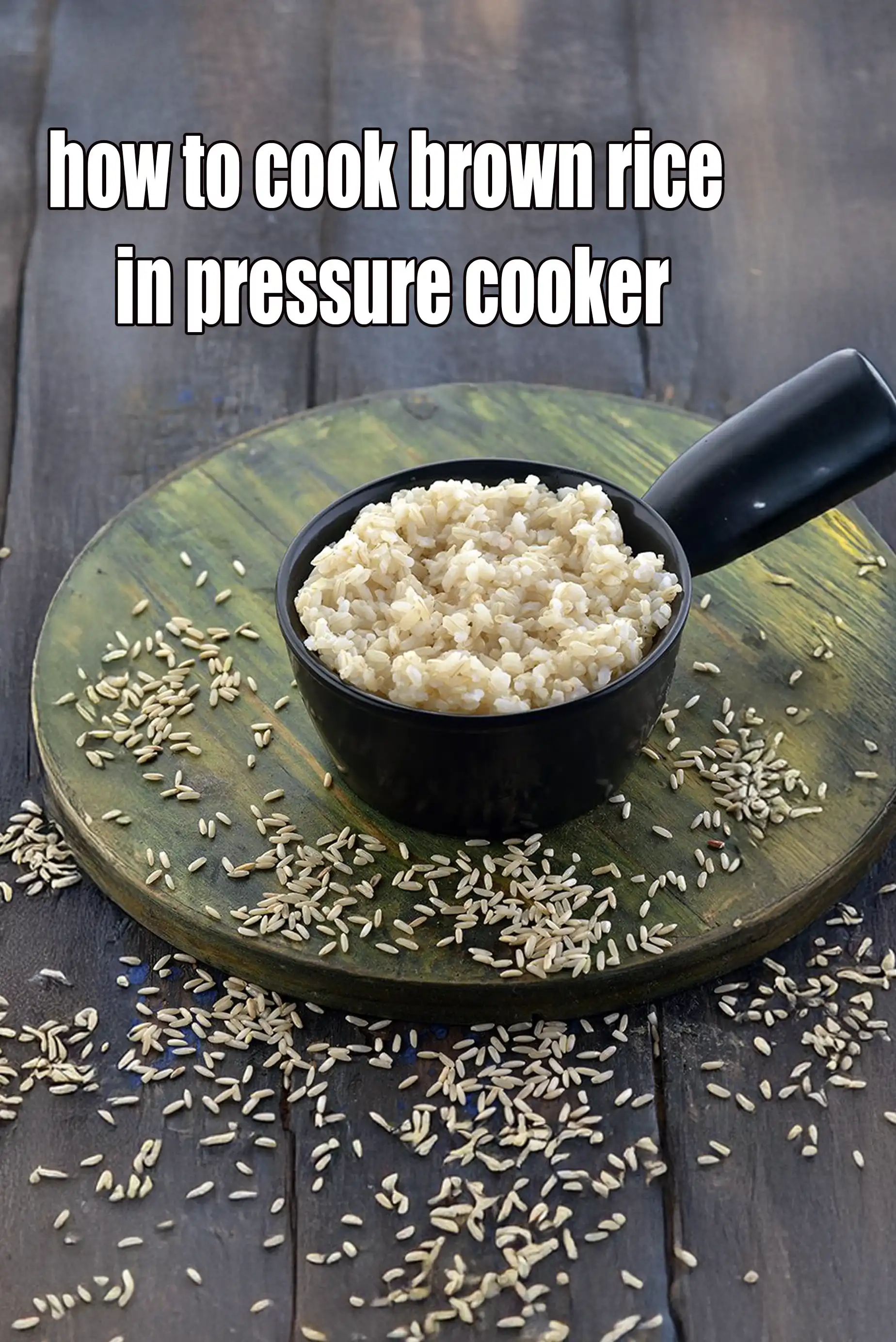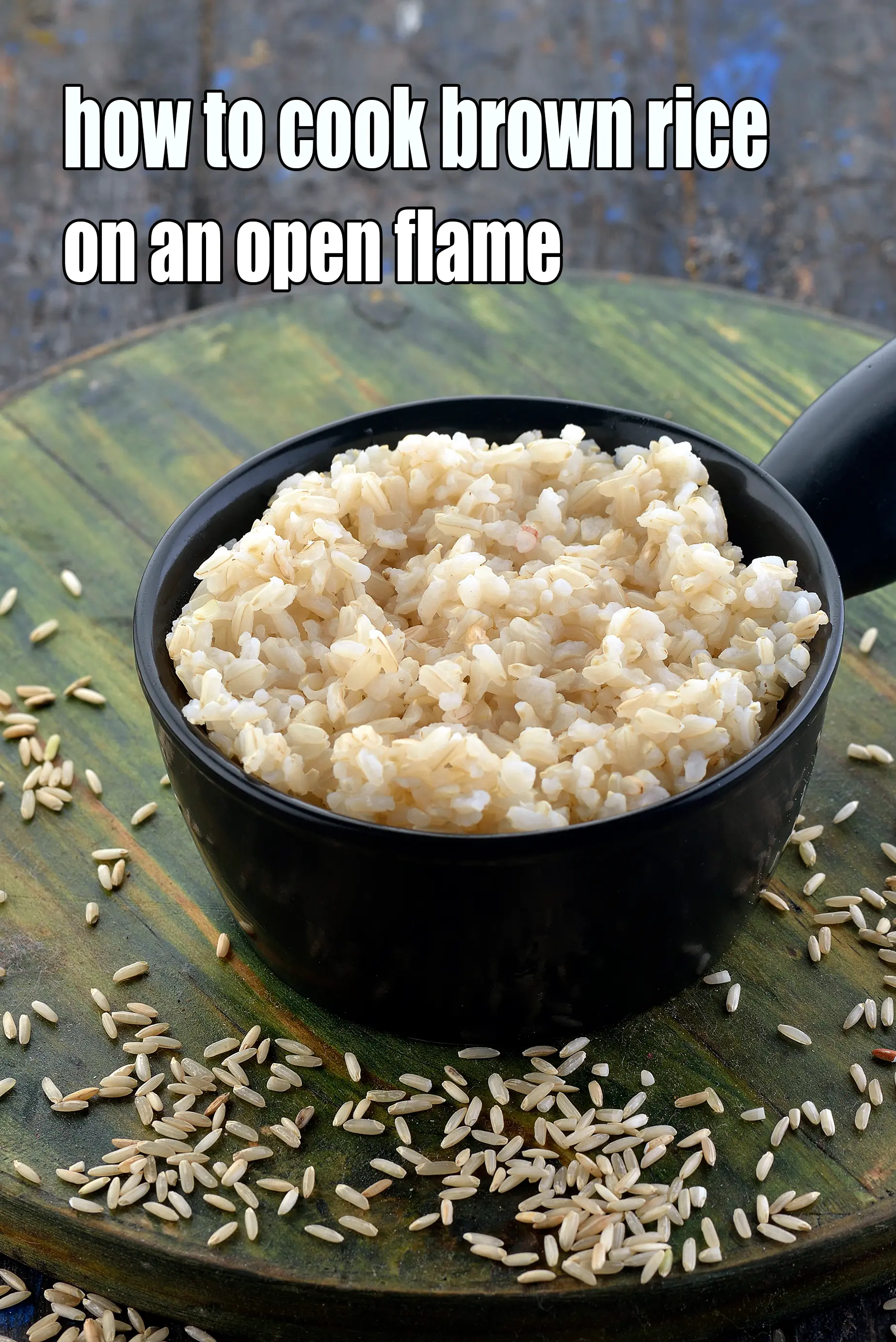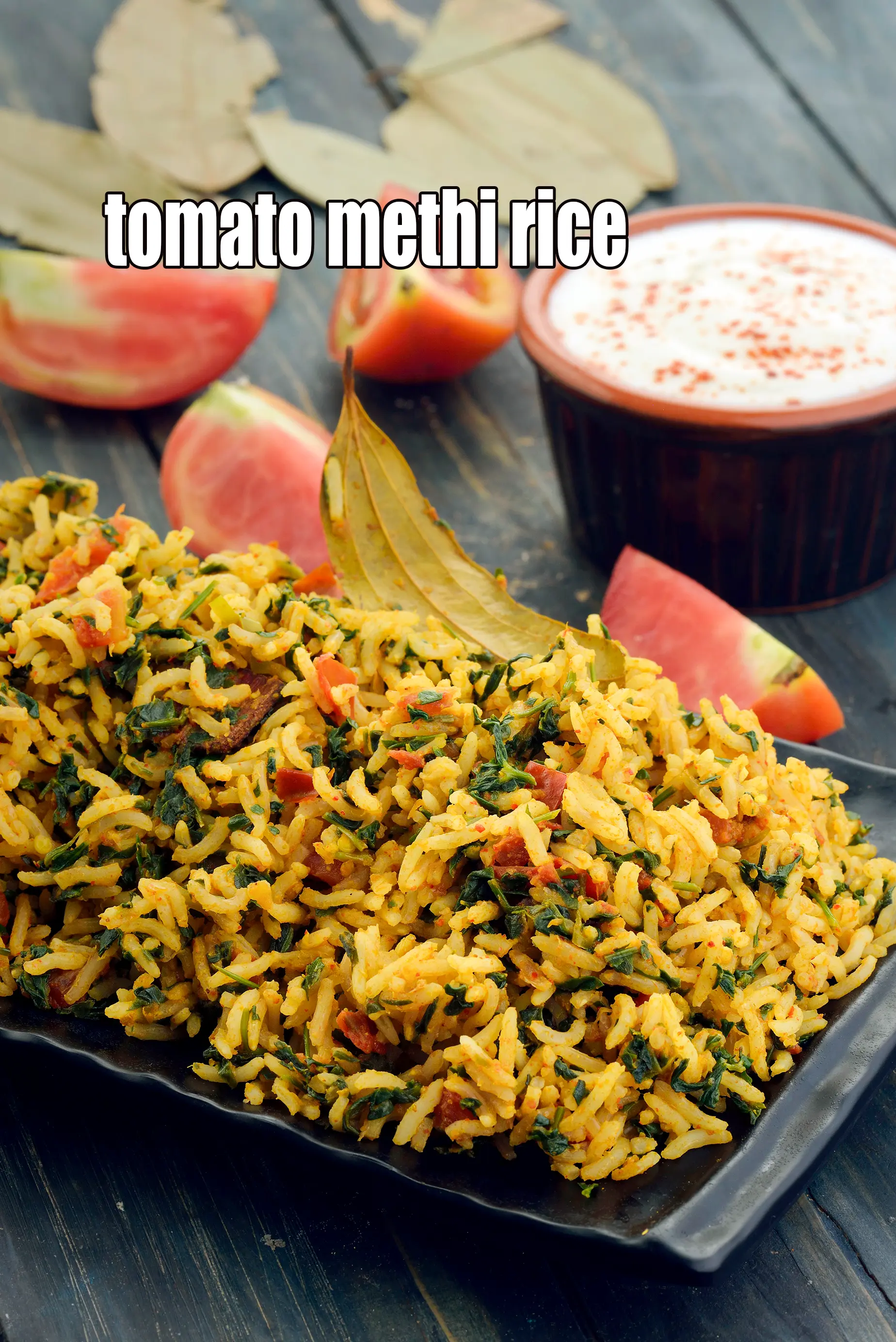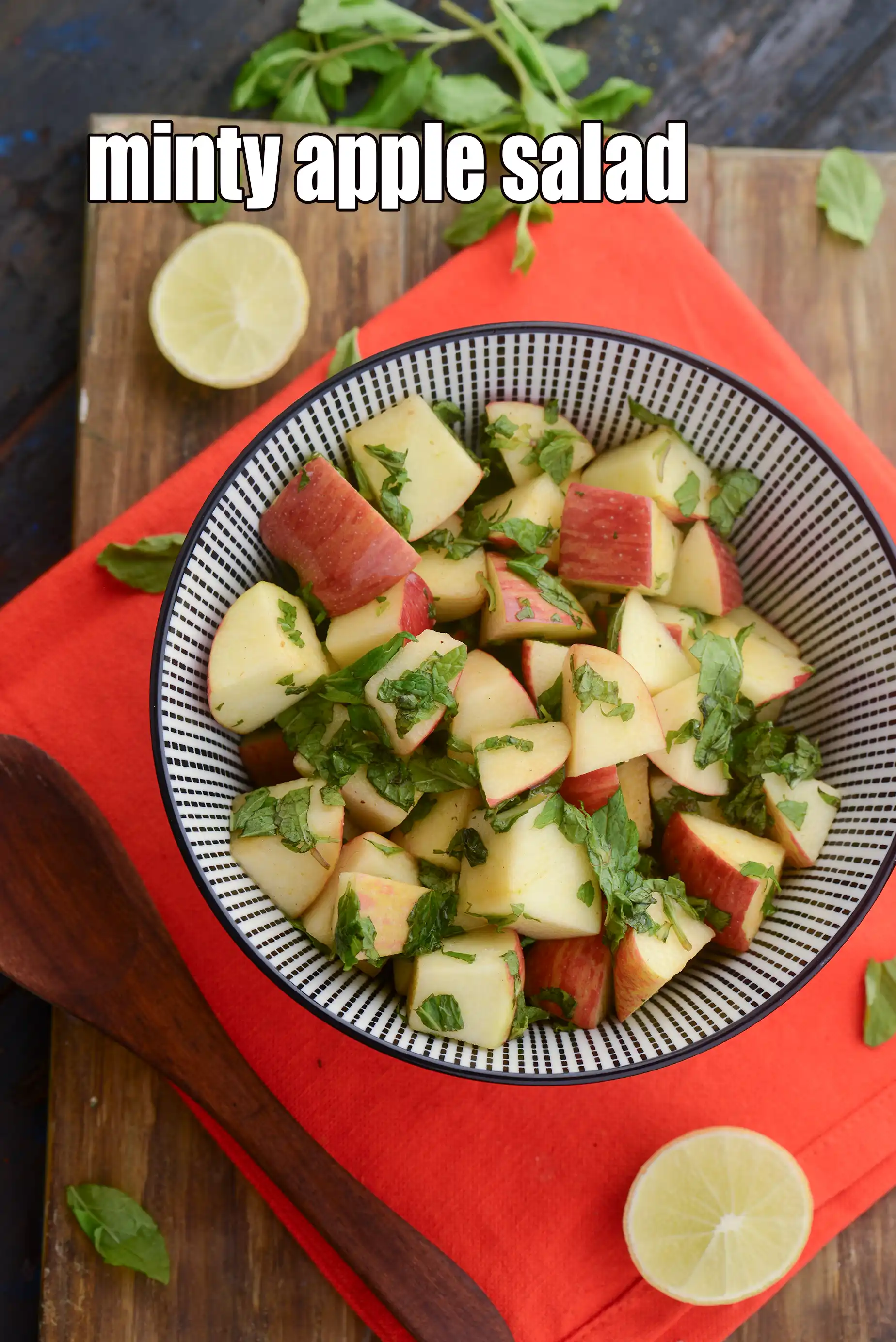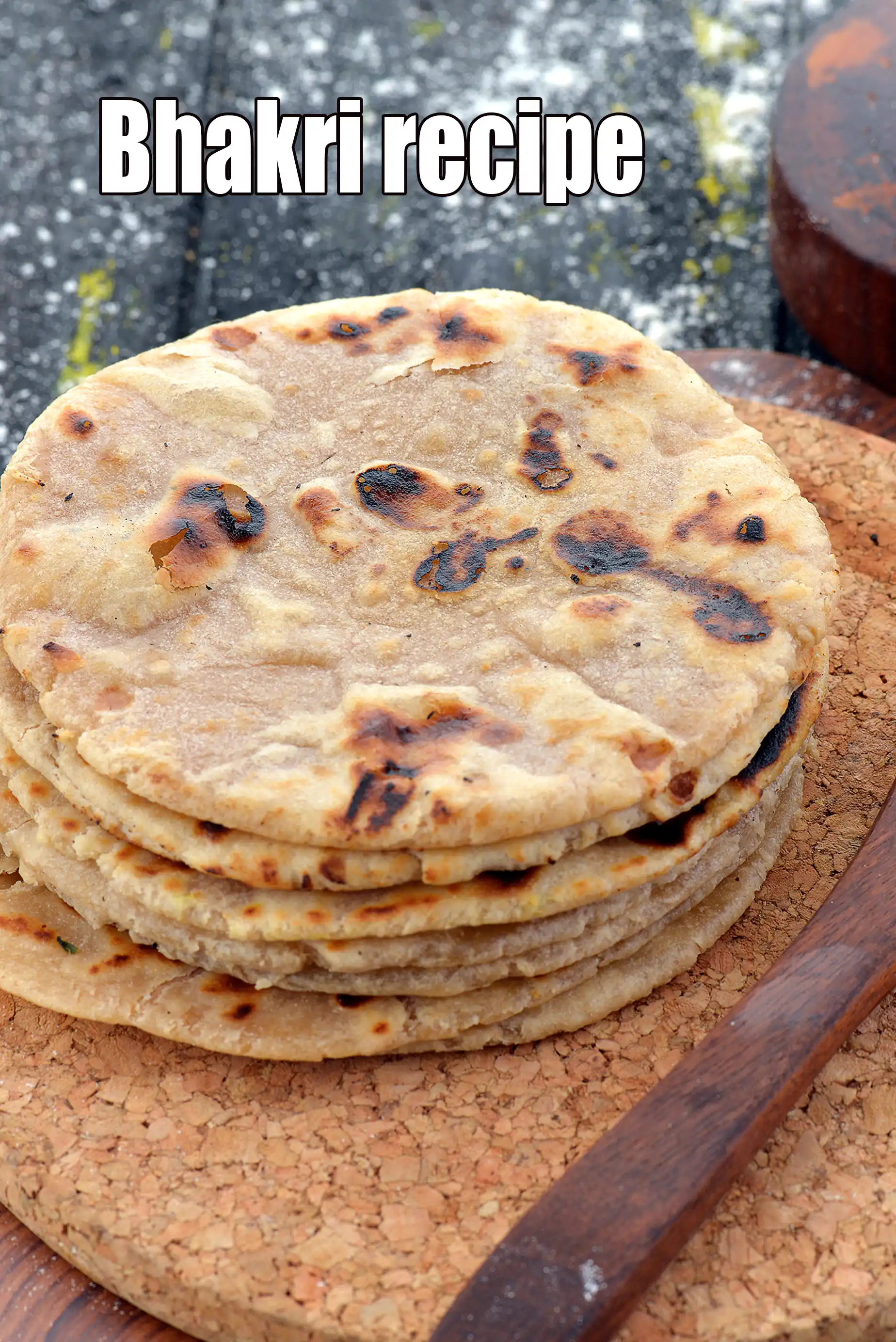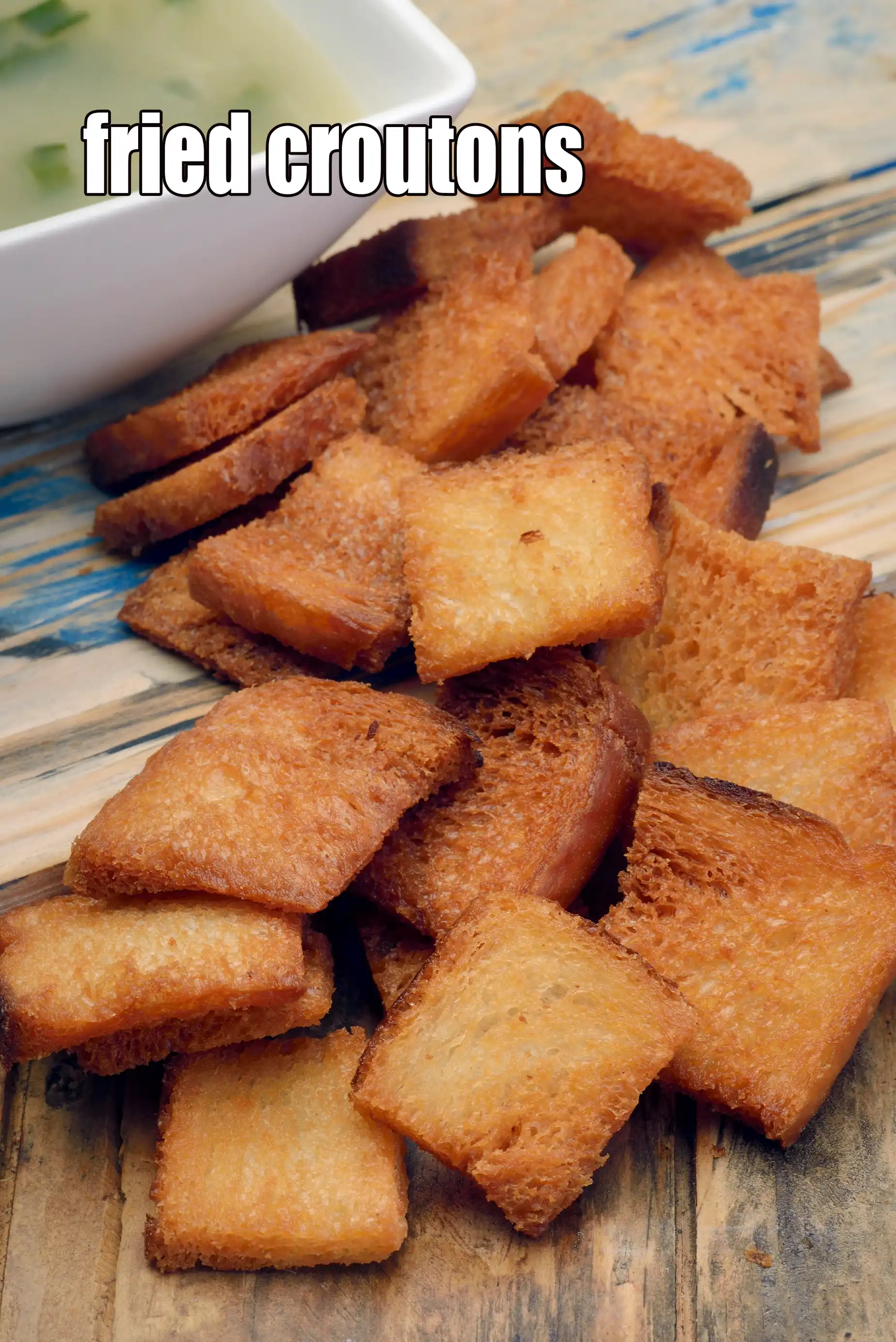parsley

Table of Content
What is Parsley?
The delicious and vibrant taste and wonderful healing properties of parsley are often ignored in its popular role as a table garnish. Highly nutritious, parsley can be found year round in your local supermarket.Parsley is the worlds most popular herb. It derives its name from the Greek word meaning "rock celery". It is an erect, biennial plant with a fleshy aromatic tap root and dark shiny leaves which rise from a short stem.
There are two most popular types of parsley are curly parsley or moss-curled and Italian flat leaf parsley. The Italian variety has a more fragrant and less bitter taste than the curly variety.
While parsley is a wonderfully nutritious and healing food, it is often under-appreciated. Most people do not realize that this vegetable has more uses than just being a decorative garnish that accompanies restaurant meals. They do not know that parsley is actually a storehouse of nutrients and that it features a delicious green and vibrant taste.
How to Select Parsley
Whenever possible, choose fresh parsley over the dried form of the herb since it is superior in flavor. Choose fresh parsley that is deep green in color and looks fresh and crisp. Avoid bunches that have leaves that are wilted or yellow as this indicates that they are either overmature or damaged. Just like with other dried herbs, if you choose to purchase dried parsley flakes, try to select organically grown parsley since this will give you more assurance that the herbs have not been irradiated.
Culinary Uses of Parsley
" No kitchen should be without a good supply of this multi-purpose herb. It can be used as a garnish and flavouring and as a vegetable Parsley can be used in almost any savoury dish.
" Its especially good used in great quantities in fresh salads or in soups and tomato sauces. Chop or shred it and mix with butter to melt over fish or to glaze vegetables.
" Theres just as much flavour in the stalk as in the leaf and both are used to flavour stews and stocks.
" Its delicious briefly deep-fried and served as a vegetable.
" Use it in marinades, stuffings, in omelettes - the list goes on!
" Fresh parsley should be washed right before using since it is highly fragile. The best way to clean it is just like you would spinach. Place it in a bowl of cold water and swish it around with your hands. This will allow any sand or dirt to dislodge. Remove the leaves from the water, empty the bowl, refill it with clean water and repeat this process until no dirt remains in the water.
" Since it has a stronger flavor than the curly variety, Italian flat leaf parsley holds up better to cooking and therefore is usually the type preferred for hot dishes. It should be added towards the end of the cooking process so that it can best retain its taste, color and nutritional value.
" Combine chopped parsley with chopped green onions (scallions), mint leaves, lemon juice and olive oil.
" Add parsley to pesto sauce to add more texture to its green color.
" Serve a colorful salad of fennel, orange, cherry tomatoes, pumpkin seeds and parsley leaves.
" Stir Parsley into melted garlic butter for a savory, yet simple, pasta or steamed vegetable topper.
How to Store Parsley
Fresh parsley should be kept in the refrigerator in a plastic bag. If the parsley is slightly wilted, either sprinkle it lightly with some water or wash it without completely drying it before storing in the refrigerator.
If you have excess flat leaf parsley, you can easily dry it by laying it out in a single layer on a clean kitchen cloth. Once dried, it should be kept in a tightly sealed container in a cool, dark and dry place. Curly leaf parsley is best preserved by freezing, as opposed to drying. Although it will retain most of its flavor, it has a tendency to lose its crispness, so it is best used in recipes without first thawing.
Benefits of Parsley
A sprig of parsley is more than just a garnish! Very much true that it’s a fresh herb which adds its eminent taste to any dish you cook. It finds place in boiled potato delicacies, grain based salads, vegetable soups, fresh juices, starters and also in dips and spreads. Equally elaborative are its health benefits due to the intricate list of nutrients it abounds in.
10 Health Benefits of Parsley
Here’s an enormous list of why you should include parsley in your diet….
1. Parsley for Bone Strengthening : Parsley is a fairly good source of calcium, which is definitely known to support bone strength. Vitamin K, is also a key nutrient which helps in bone metabolism. Parsley abounds in this vitamin and vitamin C too, which helps in collagen synthesis around bones. Thus vitamins C and K are important key nutrients, without which your bones would become fragile. Also check out more Calcium Rich, Vitamin C Rich and Vitamin K Rich Recipes.
2. Parsley for Strong Immunity : Vitamins C, A and B9 – all work as antioxidants to build your immunity. They fight common diseases as well as strip off harmful free radicals from your body and prevents chronic diseases like cancer, heart disease and so on….
3. Parsley for Healthy Heart : A cup of parsley is good enough to fill your days need of folate, which helps to reduce homocysteine levels in the body. A high level of homocysteine (which are naturally occurring amino acids in our body) can put you at risk of heart diseases and stroke by damaging your blood vessels. Find a comprehensive list on Heart-friendly foods here.
If you want to know the Health Benefits of Parsley, click here.
Nutritive Information for Parsley:
½ Cup of chopped parsley is about 60 grams
RDA stands for Recommended Daily Allowance.
Energy - 20 calories
Protein – 1.3 g
Carbohydrate – 4.1 g
Fat – 0.3 g
Fiber – 2.6 g
Vitamins:
561.6 mcg of Vitamin A = 11.7% of RDA (about 4800 mcg)
54 mg of Vitamin C = 135% of RDA (about 40 mg)
109.8 mcg of Folate (Vitamin B9) = 109.8% of RDA (about 100 mcg)
984 mcg of Vitamin K = 820% of RDA (about 120 mcg)
Minerals:
78 mg of Calcium = 7.8% of RDA (about 1000 mg)
3.72 mg of Iron = 18.6% of RDA (about 20 mg)
30 mg of Magnesium = 8.5% of RDA (about 350 mg)
105 mg of Phosphorus = 17.5% of RDA (about 600 mg)
321 mg of Potassium = 6.8% of RDA (about 4700 g)
0.43 mg of Zinc = 3.5% of RDA (about 10 to 12 mg)
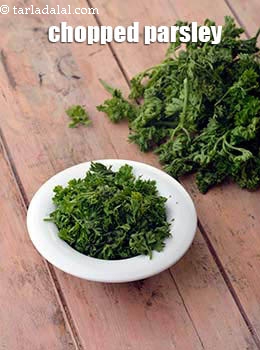
chopped parsley
Gather the washed parsley leaves into a tight ball and hold them with one hand on the cutting board. Using a large cutting knife, slice across the parsley, bringing the knife down and forward or down and backward while sliding it along the mid-section of the fingers of the other hand. Then, holding the handle firmly in one hand, rest the fingers of the other hand on top of the blade (this hand does not apply much pressure on the blade, but rather directs it), bring the front of the blade down first, then back. Repeat till the parsley is finely chopped. Chopped parsley can be sprinkled on a host of different recipes, including salads, vegetable saut?s.You can even use parsly stems, chop them and use as required.

dried parsley
Dried parsley is brownish green in colour. Dried leaves when crushed have strong aroma and a pungent, bitter taste. It can be stored for long and used in delicacies like pastas, pizzas, salads, soups etc. It's advisable to store refrigerated in an air-tight container.
Related Recipes
Lebanese Falafel Stuffed In Pita Bread
More recipes with this ingredient...
parsley (147 recipes), chopped parsley (131 recipes) , dried parsley (2 recipes)

Related Glossary
Follow US
Recipe Categories
- Vitamin B12 Cobalamin Rich Recipes 33 recipes
- Low Calorie, Weight Loss Indian Recipes 421 recipes
- Low Cholesterol Indian Recipes 308 recipes
- Healthy Indian Breakfast 372 recipes
- Indian Diabetic recipes 558 recipes
- Indian Pregnancy recipes 461 recipes
- Zero Oil Indian Recipes 133 recipes
- Iron Rich Indian recipes 267 recipes
- Healthy Indian Acidity recipes 133 recipes
- Healthy Sabzis 108 recipes
- Indian Healthy Veg Snack 276 recipes
- Healthy Heart Recipes 415 recipes
- Healthy Veg Indian Soups 74 recipes
- Calcium Rich Indian Recipes 372 recipes
- High Blood Pressure Indian Recipes 100 recipes
- Healthy Indian Salads Recipes 137 recipes
- Low Carb Indian Diet, recipes 161 recipes
- Hypothyroidism Diet 60 recipes
- Arthritis Diet 68 recipes
- High Protein Indian recipes 93 recipes
- Vitamin K Diet 41 recipes
- Fatty Liver Diet 30 recipes
- PCOS 133 recipes
- Gluten Free Veg Indian 195 recipes
- High Fiber 328 recipes
- Indian Cancer Patients 275 recipes
- Jaundice Diet 45 recipes
- Sprouts 61 recipes
- Typhoid 43 recipes
- Irritable Bowel Syndrome (IBS) 20 recipes
- Kidney Stone Diet 9 recipes
- Home Remedies 213 recipes
- Senior Citizen 195 recipes
- Healthy Indian Drinks and Juices 213 recipes
- Diet for Dialysis 10 recipes
- Gout Indian Recipes 17 recipes
- Potassium Rich 80 recipes
- Vegan 195 recipes
- Indian recipes to treat Vomiting 7 recipes
- Forever Young Diet, Anti Aging Indian Diet 255 recipes
- High in Omega 3 Fatty Acids 31 recipes
- Vitamin B1 Rich Indian Foods, Recipes 101 recipes
- Zinc Rich Foods 55 recipes
- Antioxidant Rich Indian 445 recipes
- Vitamin A Rich, Beta Carotene, Retinol 87 recipes
- Malaria Diet 17 recipes
- Healthy Indian Dinner 85 recipes
- Magnesium Rich 94 recipes
- Vitamin C Rich Indian recipes 118 recipes
- Low Veg Glycemic Index 86 recipes
- Lower Blood Pressure Salads 7 recipes
- Healthy Indian Lunch Recipes 29 recipes
- Lactation 25 recipes
- Vitamin E Rich 50 recipes
- Hyperthyroidism Diet 46 recipes
- Vitamin B3, Niacin Rich 41 recipes
- Post Surgery Diet 42 recipes
- Selenium 27 recipes
- Lower Blood Pressure Desserts Sweets 14 recipes
- Phosphorus Rich Indian Recipes, Foods 74 recipes
- Copper 15 recipes
- Foods Rich in Vitamin B2 Riboflavin 22 recipes
- Vitamin B6 Diet 36 recipes
- Vitamin B9 Rich Folate 50 recipes
- B Vitamins 231 recipes
- Marathoners, Endurance Athletes, Triathlete 225 recipes
- Manganese Diet 32 recipes
- Thalassemia 18 recipes
- Detox Water, Fruit Infused Water 42 recipes
- Lactose Free Dairy Free 22 recipes
- Omega 6 Fatty Acids 32 recipes
- Phytonutrients 51 recipes
- Chronic Kidney Disease Indian recipes 11 recipes
- Selenium1 0 recipes
- Quick Snacks / Quick Starters 385 recipes
- Quick Breakfast Indian 131 recipes
- Quick Sabzis 117 recipes
- Quick Rotis / Parathas 46 recipes
- Quick Indian Sweets 139 recipes
- Quick Stir-Fries 51 recipes
- Quick Vegetarian Indian Soups 72 recipes
- Quick Chutneys 67 recipes
- Quick Vegetarian Rice, khichdi Recipes 56 recipes
- Indian snacks under 10 minutes 44 recipes
- Quick Indian Dips, Gravies & Sauces 103 recipes
- Quick Veg Indian Pizza 17 recipes
- Quick Veg Pasta 25 recipes
- Quick Pickles / Aachar 25 recipes
- Quick Dals / quick Kadhis 29 recipes
- Snacks under 5 minutes 33 recipes
- Quick Healthy Recipes 43 recipes
- Quick Pressure Cooker 46 recipes
- Quick Desserts 47 recipes
- Quick 3 Ingredients 63 recipes
- Quick Indian Desserts 20 recipes
- Quick 4 Ingredients 41 recipes
- Quick 5 Ingredients 42 recipes
- Kids Tiffin Box 319 recipes
- Recipes for Toddlers (1-3 Years) 32 recipes
- Sweet Recipes for Kids 456 recipes
- Recipes for Baby (10 to 12 Months) 14 recipes
- Quick Indian recipes for Kids 72 recipes
- Indian Breakfast Recipes for Kids 192 recipes
- Recipes for Weaning (8 to 9 months) 22 recipes
- Healthy Foods for Kids 196 recipes
- Snack Recipes for Kids 619 recipes
- Recipes Kids can make 36 recipes
- Kids After School 794 recipes
- Kids Jar Snacks 66 recipes
- Finger Foods for Babies, Toddlers and Kids 76 recipes
- Kids Weight Gain 43 recipes
- Kids Wraps and Rolls 23 recipes
- Kids Veg Pasta 27 recipes
- Kids Brain Boosting 68 recipes
- Protein rich food for kids 69 recipes
- Recipes for Weaning 15 recipes
- Kids Pizzas 30 recipes
- Babies, Toddler and Kids Iron Rich Foods 31 recipes
- High Fiber Foods for Kids 39 recipes
- Kids Noodles 37 recipes
- Kids High Energy Indian Foods 103 recipes
- Kids Calcium Rich Indian recipes 90 recipes
- Babies recipes, 6 to 18 months 31 recipes
- Kids Recipes for Increasing Immunity 10 recipes
- Kids Weight Loss 58 recipes
- Teething Recipes for Babies 10 recipes
- Cereals and Pulses for 8 to 9 months Baby 6 recipes
- Weaning foods at 7 months 12 recipes
- Indian Teen 315 recipes
- Starters / Snacks 2138 recipes
- Indian Breakfast Recipes 819 recipes
- Main Course Recipes 925 recipes
- Indian Salads 385 recipes
- Indian Desserts , Sweets 985 recipes
- Indian Soups 249 recipes
- Indian Beverages, Indian Drinks 483 recipes
- Indian Dinner 903 recipes
- Indian Dinner1 0 recipes
- Indian Lunch 830 recipes
- Side Dishes 449 recipes
- Indian Travel Food 433 recipes
- Indian Barbeque1 recipes 22 recipes
- Frozen Foods, Indian Freezer Recipes 67 recipes
- Whole Wheat Recipes 56 recipes
- Indian Comfort Foods 212 recipes
- Dinner Menus 56 recipes
- Easy Indian Veg 70 recipes
- Innovative Indian Recipes 27 recipes
- No Cook Indian 37 recipes
- Advanced Recipes 10 recipes
- Cakes with Eggs 13 recipes
- Microwave 229 recipes
- Oven 619 recipes
- Indian Steamer Recipes 102 recipes
- Kadai Veg 406 recipes
- Indian Barbeque Recipes 43 recipes
- Sizzler tray 15 recipes
- Mixer 566 recipes
- Pressure Cooker 315 recipes
- Tava 646 recipes
- Non-stick Pan 1393 recipes
- Appe Mould 17 recipes
- Indian Freezer recipes, meals 57 recipes
- Pan 223 recipes
- Non Stick Kadai Veg 203 recipes
- kadai Indian 150 recipes
- Refrigerator 176 recipes
- Waffle Indian recipes 6 recipes
- Handi 12 recipes
- Juicer and Hopper 64 recipes
- Grill 31 recipes
- Toaster 21 recipes
- Gas Toaster 8 recipes
- Steam 72 recipes
- No Cooking Veg Indian 335 recipes
- Vegetarian baked Indian recipes 380 recipes
- Boiled Indian recipes 129 recipes
- Deep Fry 259 recipes
- Indian Tawa 266 recipes
- Shallow Fry Indian 25 recipes
- Microwave1 172 recipes
- Saute 273 recipes
- Indian Pressure Cooker 171 recipes
- Stir-fry 100 recipes
- Roasting 0 recipes

